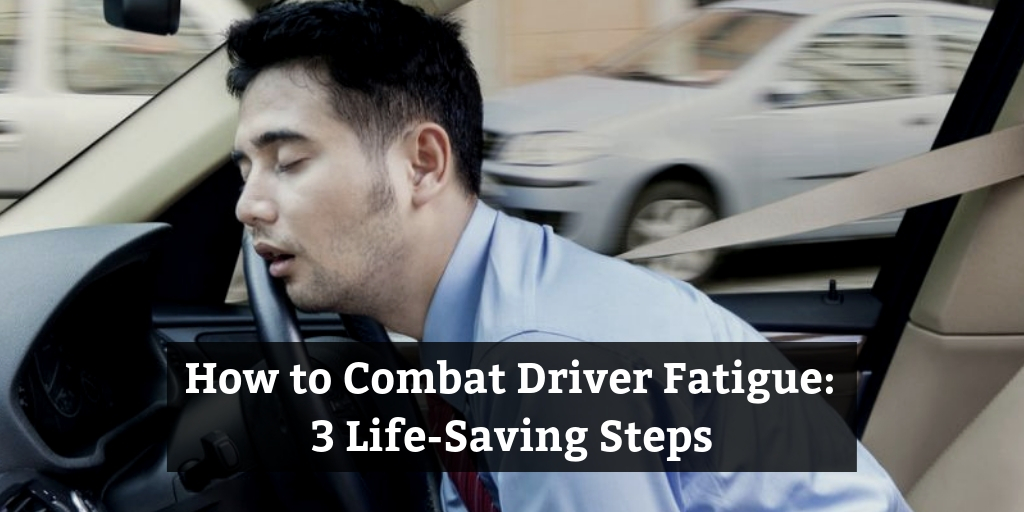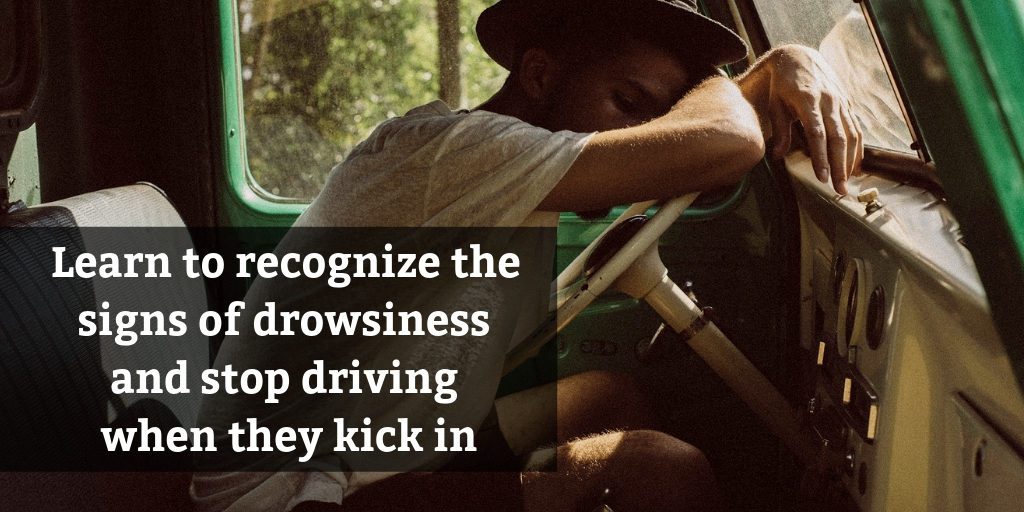
Driving might be one of the most dangerous things most of us do every day. In fact, most motorists in the U.S. over the age of 16 spent an average of 50.6 minutes driving every day in 2016, even though 3 million people are injured in car crashes every year.
Though not all roadway accidents are avoidable, you can keep your risk low by avoiding some dangerous behaviors. Specifically, driving while drowsy can significantly increase your risk for deadly truck accidents and car crashes.
Whether you’re going for a long road trip, working in transportation, or dealing with an early morning commute, you can take easy steps to be more alert behind the wheel. Stay a little safer during your travels, and follow this guide to prevent drowsy driving.
Preventing Driver Fatigue: 3 Simple Steps
Step 1. Get a Good Night’s Rest
Like any endeavor, driving is best performed after a healthy seven or eight hours of sleep. If you know you’ve got a big trip coming up, or if you plan to work several shifts driving commercial vehicles, be sure to take the time to rest appropriately.
Step 2. Know the Signs of Sleepiness
Another key prevention step for drowsy driving is noticing when you’re losing focus. Common signs that you’re too sleepy to drive include:
- Frequent yawning
- Frequent blinking
- Disconnected thoughts/daydreaming
- Itchy, sore, or heavy eyes and eyelids
- Impatience or irritability
- Difficulty keeping track of road signs
- Swerving into other lanes or over rumble strips
- Difficulty maintaining constant speed
- Decreased motivation

If you notice any of these signs, consider pulling over to rest, eat a snack, or even stopping for the night. Knowing when to take a break can keep you from falling asleep at the wheel and getting into a terrible crash.
Step 3. Practice Your Napping Skills
If you can’t avoid driving at an inconvenient time, or if you know you’re running on less sleep than you need, try taking strategic power naps. You can nap for about fifteen minutes before hitting the road to enjoy greater alertness and fewer driver fatigue symptoms. When you start to feel sleepy again during your trip, pull off the highway and find a safe location to take another 15 minute nap. After your nap, try taking a short brisk walk, grabbing some food, or drinking caffeine to feel more alert when you decide to get back on the road.
Driving while tired is dangerous– it causes thousands of trucking accidents, motorcycle collisions, and family car crashes every year. If possible, avoid hitting the road when you’re less than alert. If you have to drive, combat driver fatigue using these tips. Your trip will be more enjoyable and considerably safer.













